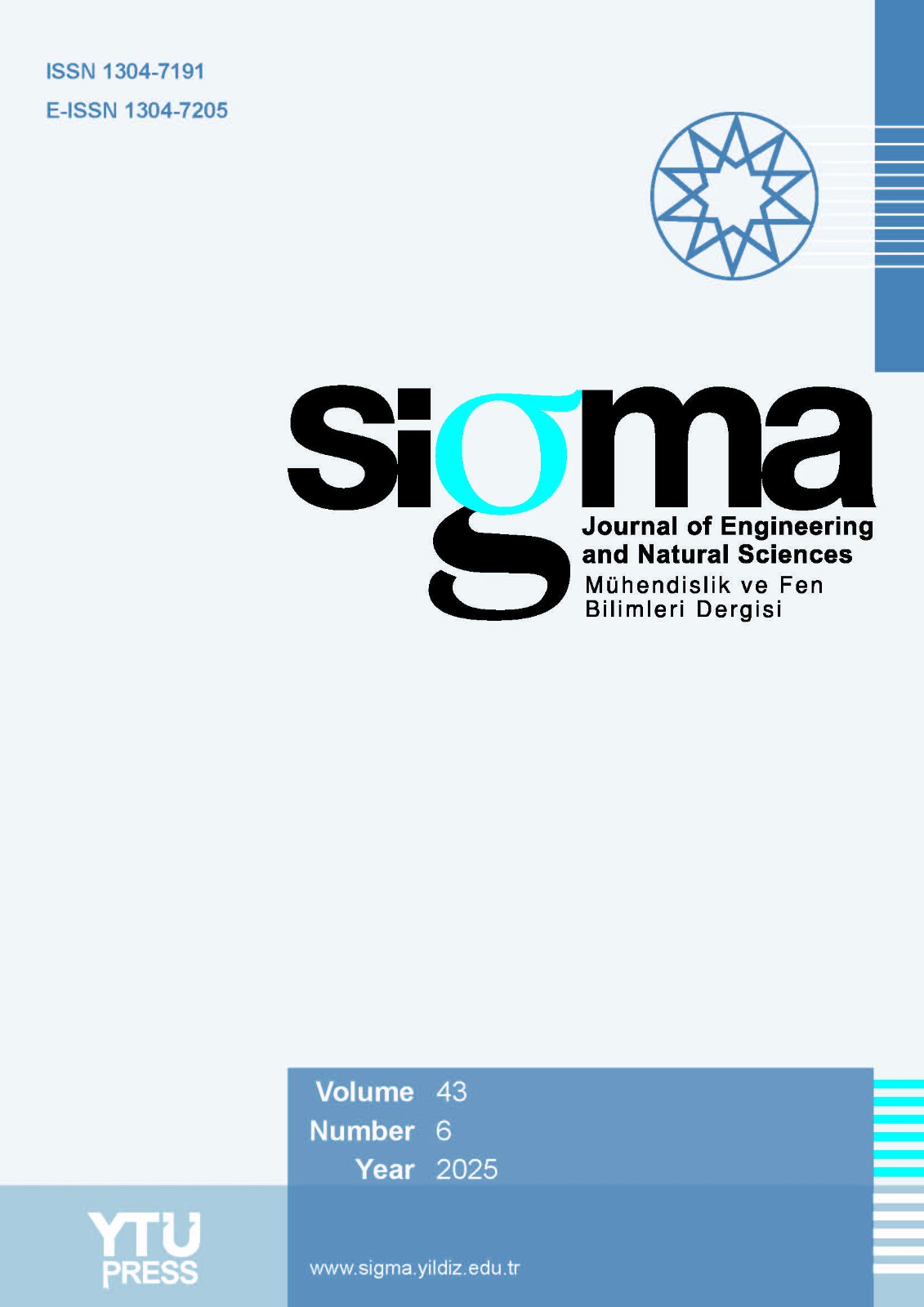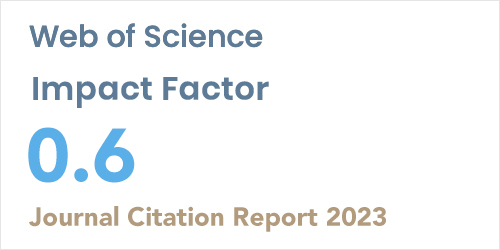2Laboratory of Energy Processes and Nanotechnology -University of Blida-Algeria
3Department of Chemical Engineering and Environment, Faculty of Technology, dryahia Fares University of Médéa, Algeria
4Scientific and Technological Research Directorate-Cherchell Academy DPHB, 42000, Tipaza, Algeria
Abstract
In recent decades, there has been considerable interest in creating hierarchical zeolites because of their enhanced catalytic qualities and ability to facilitate mass transfer. This study investigates the synthesis of ZSM-5 zeolites using a new natural surfactant extracted from the plant Sapindus mukorossi (Sapindaceae family), which contains Saponins known for their surface-active properties and are responsible for the surfactant's efficiency and considered a mesoporogen to create inter- or intracrystalline mesopores in the zeolite. The last one is synthesized via the hydrothermal method by modifying the amounts of natural surfactant and contrasted with a conventional ZSM-5 as a reference. The synthesized materials are characterized using various analytical techniques, including X-ray diffraction (XRD), Fourier transform infrared spectroscopy (FTIR), scanning electron microscopy (SEM), nitrogen adsorption isotherms, and thermogravimetric analysis (TGA). X-ray diffraction analysis confirmed the high crystallinity of all synthesized samples.
Moreover, Brunauer-Emmett-Teller surface area measurements revealed a significant increase in surface area to 468m2/g compared to the conventional ZSM-5. Barrett-Joyner-Halenda pore size distribution showed a size above 5nm, indicating the existence of hierarchical mesoporosity. These findings were validated by enhanced adsorption properties, displaying a 90% removal rate of phenol. Green synthesis has seen the introduction of a new bio template, providing a simple use without the need for previous preparation and availability, being cost-effective, and most importantly, not harmful to the environment.













